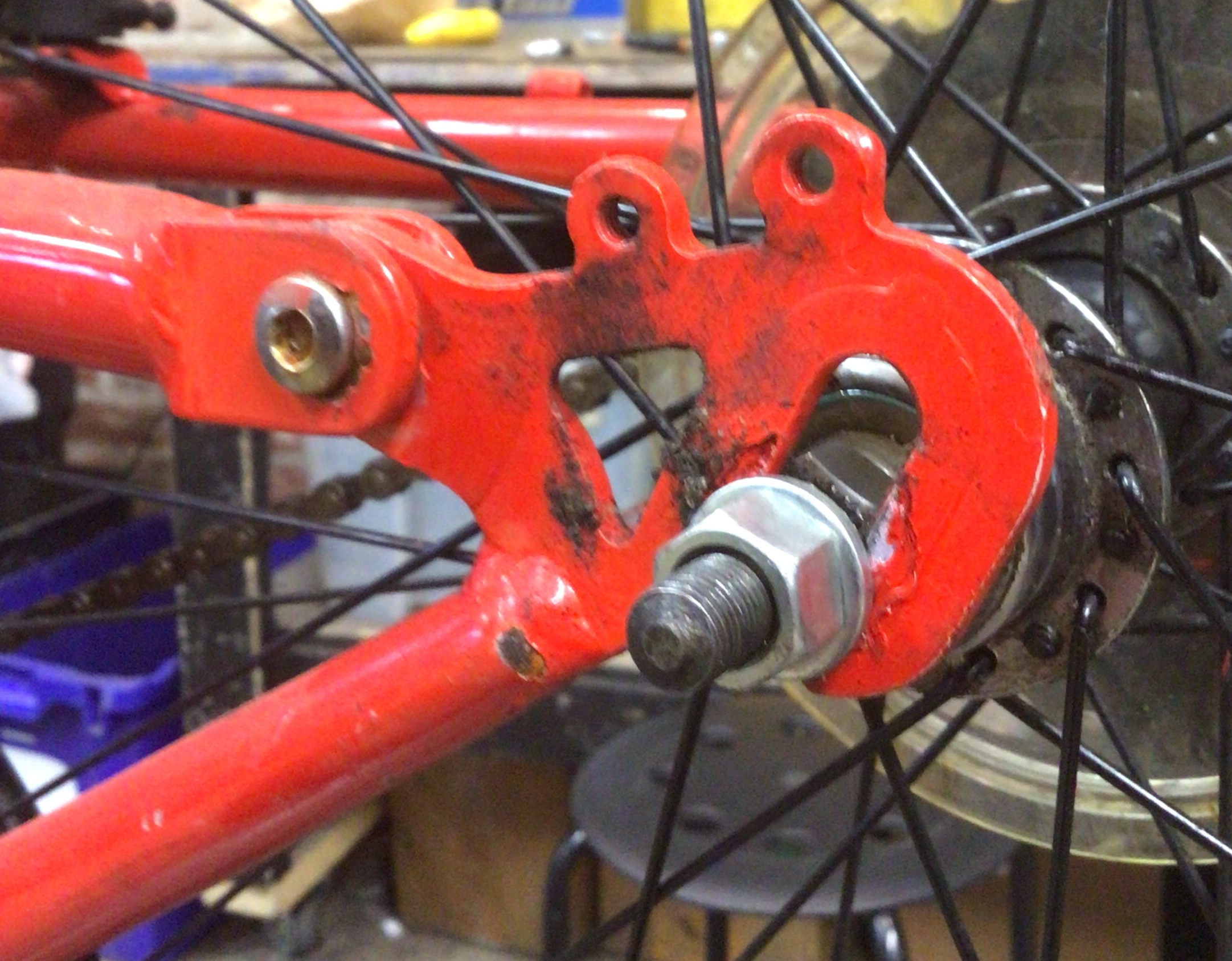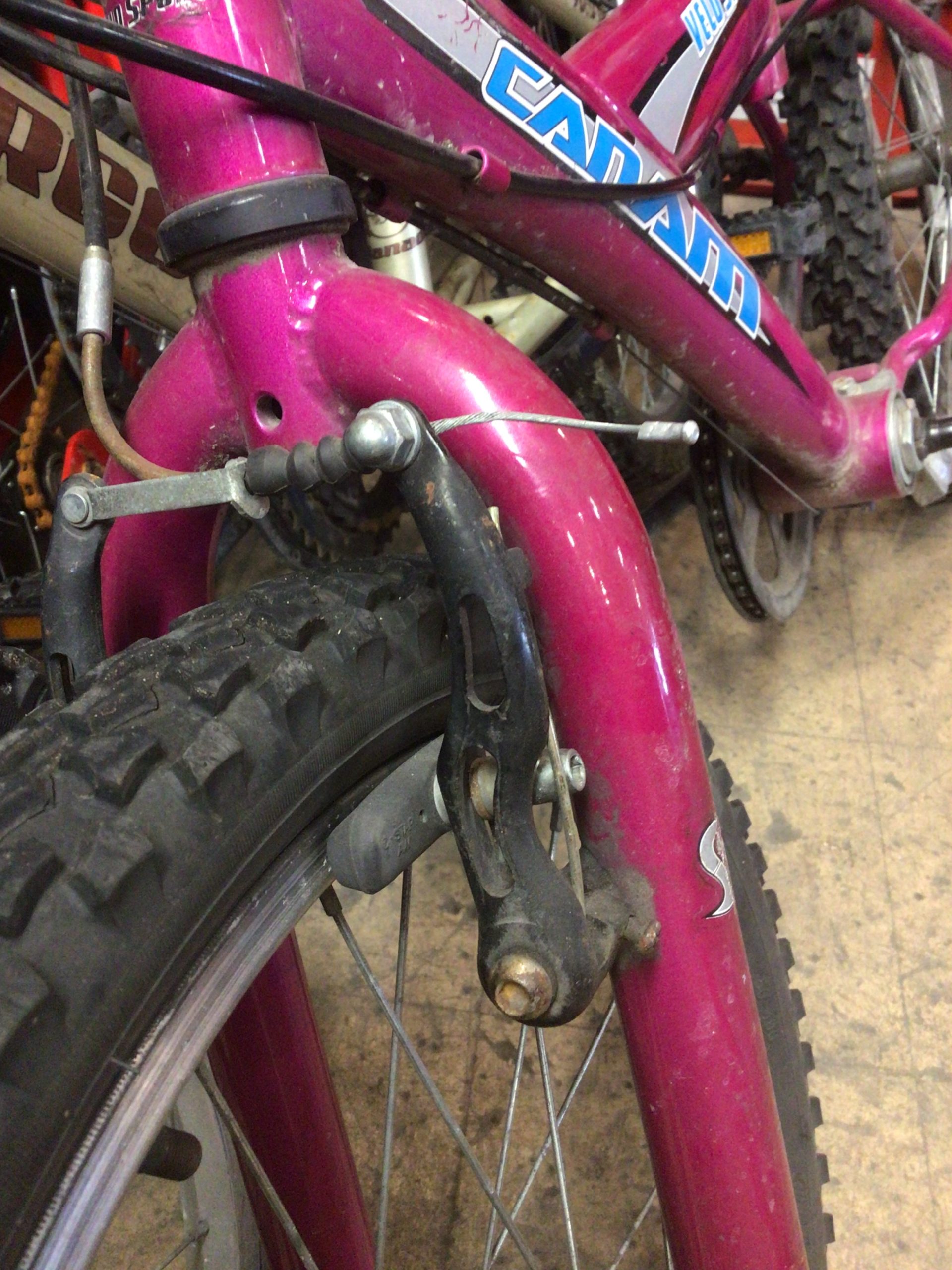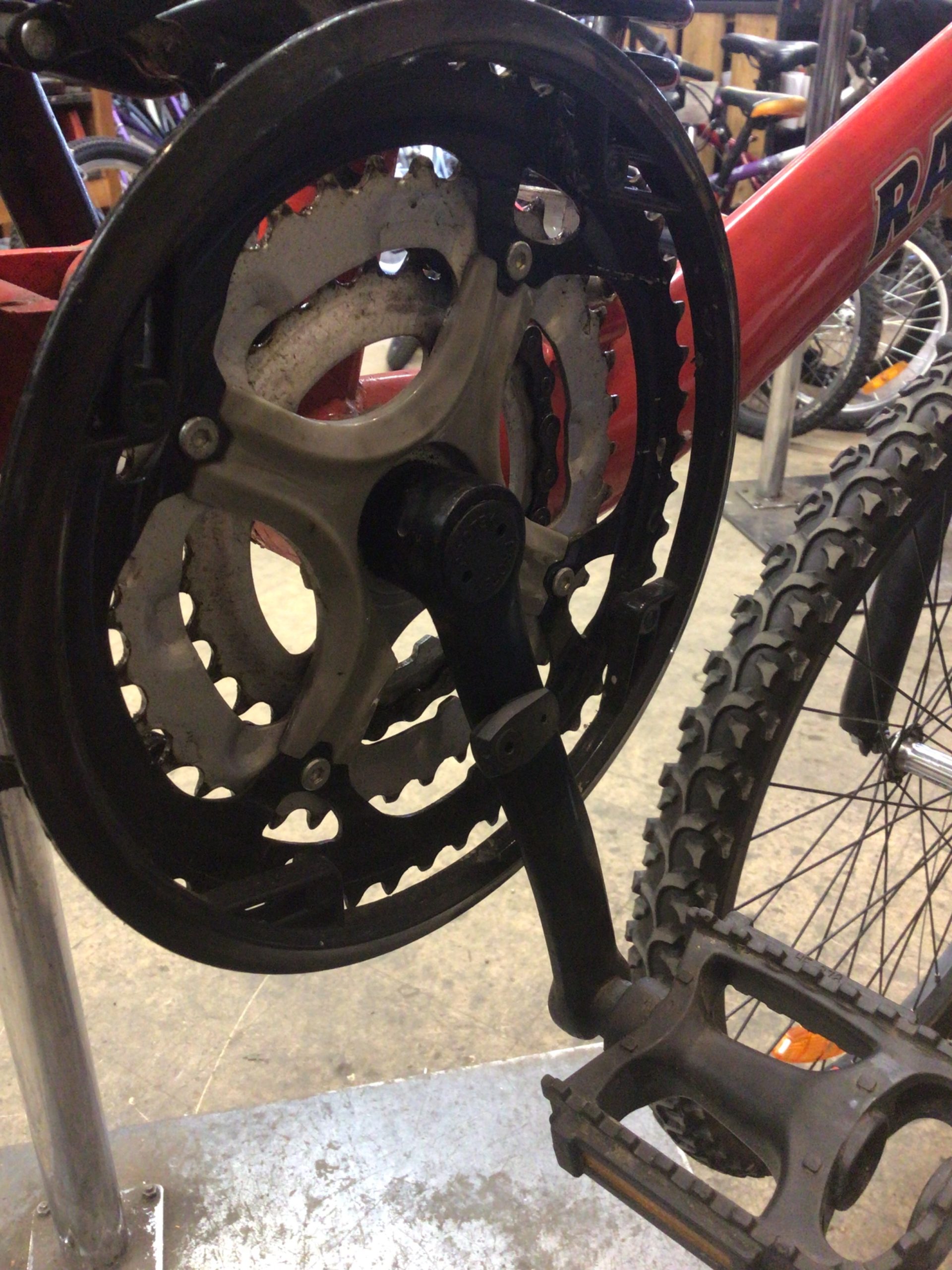Maximizing Reuse
Reuse is our foundation. We refurbish and reuse bike parts wherever possible. Read on to learn more about the process (Second Life of a Bicycle) and how to make sure you buy a bike that's readily re-usable and will last generations (Beware of Built to Fail).
SEcond Life of a Bicycle
The graphic below outlines the process once a bike is donated.
Of the 660+ bikes that we recycled/repurposed in 2021:
- 42% were stripped for parts and recycled
- 27% went to Pedals for the People
- 31% became shop builds.

Bikes Built to Fail
More and more we are seeing bikes that can't be fixed due to the quality of the components. We want to be able to teach people how to fix their bikes and keep refurbishing bikes for continued use.
See this article about the detail of Bikes Built to Fail bikes and the challenges with the system. Read the article, sign the petition, and let's work to keep bikes functional and fixable.
- Sloppy welding on the frame: holes, pits, gloms, inconsistent bead, bubbles, “tacked on” look, sharp edges
- Rear dropout is flimsy and narrow Stamped steel, sharp edges, rear derailleur mounted with a “claw”
- Plastic/composite components (especially brake levers and derailleurs)
- Steel crankarms (use a magnet to check) Weight = very heavy!
- Chainrings that are riveted to the crankarm instead of bolted & replaceable
- Thin brake calipers
- Non-adjustable shocks
- Rusty nuts, bolts, joints (more than just the chain)
If you notice 2-3 of these signs, this bike will probably be difficult and costly to repair, have chronic issues, be impossible to upgrade, and be inefficient, unreliable, and less-fun to use.



Example: Stamped steel dropout. Example: Thin brake caliper Example: Steel crank arm
